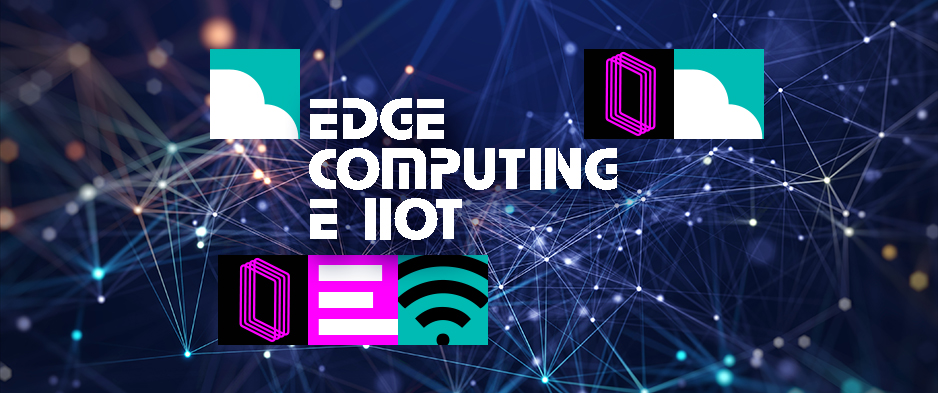The integration of Edge Computing and IIoT is revolutionizing the manufacturing sector, enabling faster and more secure data processing directly at the point of operation, while improving efficiency. This way, businesses can optimize processes and predictive maintenance, reduce operational costs, and increase competitiveness in the global market. The result is smarter, more flexible, and interconnected production environments, capable of supporting the transition to Industry 5.0.
Edge Computing and IIoT: Main Advantages
1. Improved Operational Efficiency
The integration of Edge Computing and IIoT allows for the optimization of production processes by enabling real-time data processing directly at the workplace. This leads to a significant reduction in downtime and better control over operational activities. Companies can respond quickly to changes or unforeseen events, increasing precision in operations and improving overall productivity, while ensuring consistent product quality.
2. Higher Speed and Reduced Latency
In industrial processes that require timeliness, the ability to process data quickly is critical. Edge computing allows for analysis and processing to be carried out on-site, eliminating delays associated with transmission to remote cloud systems. This significantly speeds up operational decision-making, particularly in scenarios where quick intervention is crucial, such as autonomous or remote-managed operations, thus ensuring greater safety and efficiency.
3. Advanced Predictive Maintenance
The application of Edge Computing in the Internet of Things enables continuous, real-time monitoring of machinery and device conditions to anticipate anomalies and failures. This approach allows for targeted and timely maintenance interventions, drastically reducing unplanned machine downtimes. Furthermore, it helps extend the lifespan of industrial assets, ensuring consistent and reliable production, with lower costs related to unexpected repairs.
4. Greater System Reliability
In many industrial contexts, stable internet connectivity is not always guaranteed. Edge Computing enables applications to function autonomously, without constantly relying on the network. This ensures operations continue uninterrupted even in remote or hard-to-reach environments. Additionally, in some cases, systems can self-optimize and improve performance without manual intervention, thus increasing overall reliability.
5. Optimization of Operational Costs
The integration of Edge Computing and IIoT reduces the dependency on centralized cloud infrastructures, thereby lowering energy and maintenance costs. Local data processing alleviates the load on servers, avoiding bottlenecks and improving the overall efficiency of the system. This model allows companies to control expenses, optimizing the use of resources and focusing computing power directly where it is needed, at the field level.

